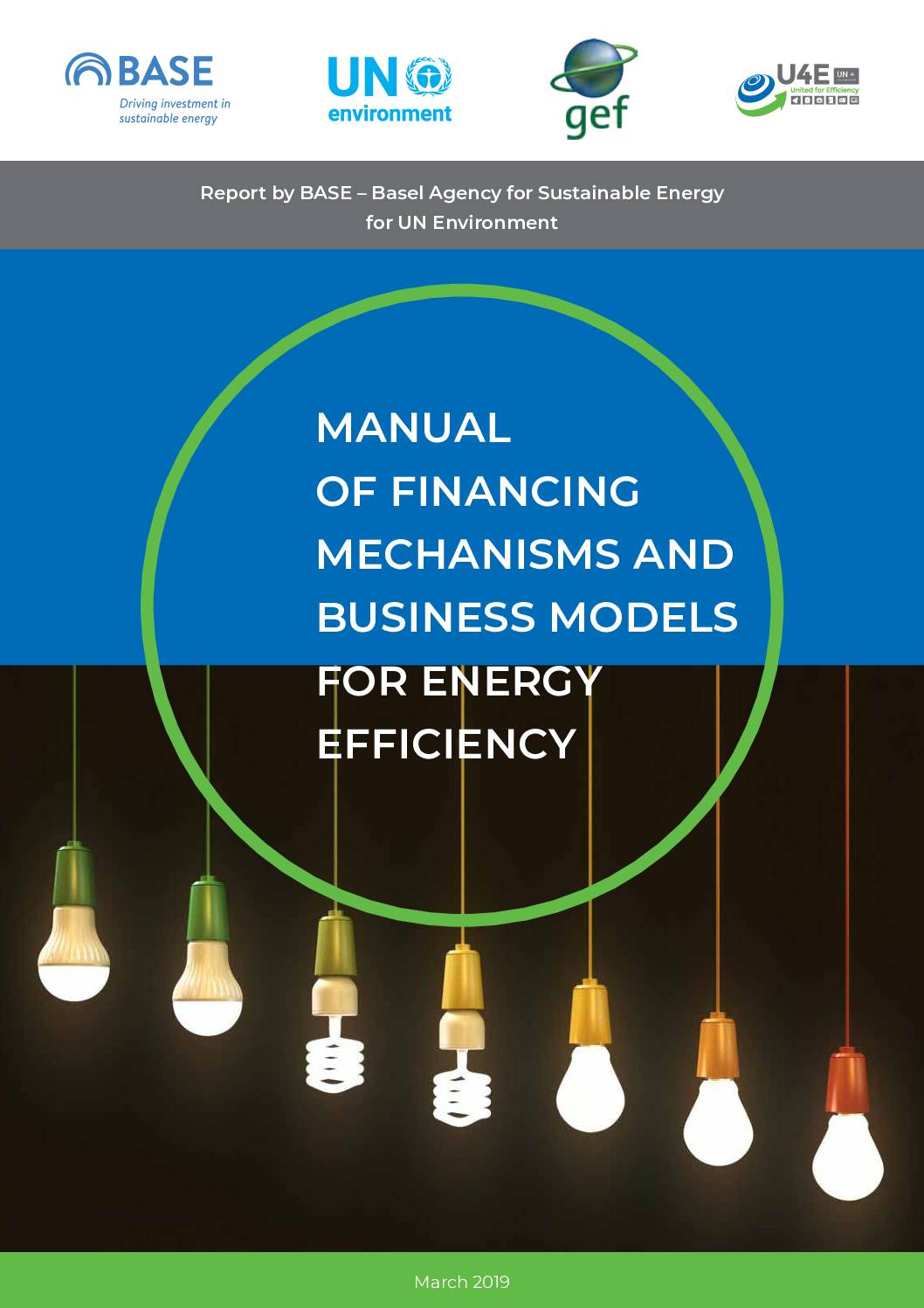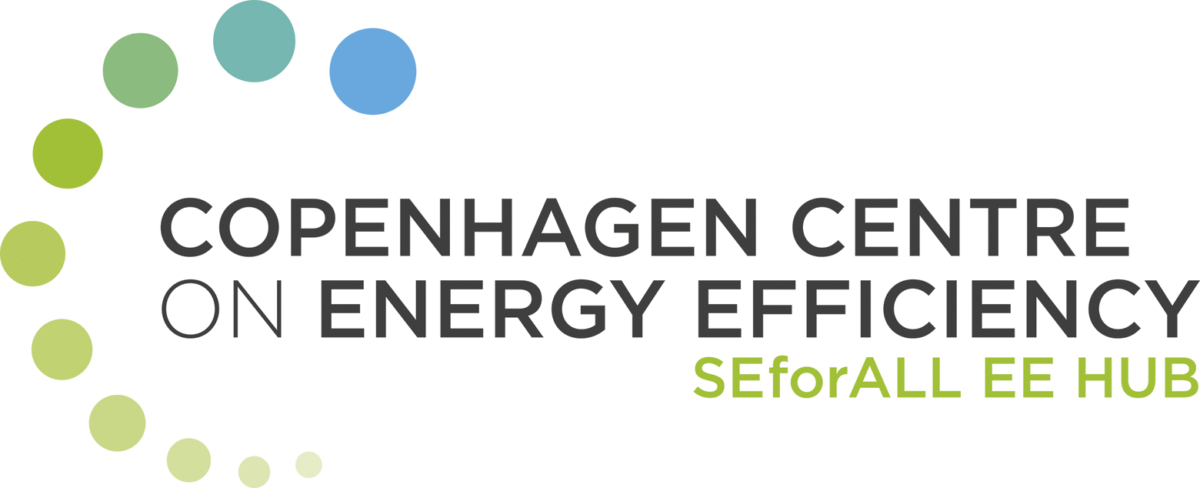The aim of this manual is to provide an overview of innovative financing mechanisms, and business models from around the world that have spurred new investments in energy efficiency. The manual focuses on technologies covered by the United for Efficiency initiative – air conditioners, lighting, electric motor systems, refrigeration, and power distribution transformers. Together these products consume over half of the world’s electricity.
There are many barriers inhibiting investments in energy efficiency currently, including high upfront costs, lack of access to finance, high perceived risk, lack of trust in new technologies, competing investment priorities, lack of knowledge and awareness, and split incentives. Many of these barriers can be overcome, at least in significant part, with well‑designed financing mechanisms, incentives and business models, together with complementary measures such as policies, regulations, awareness raising activities and behaviour change initiatives.
There is no “one size fits all” approach for any market, country, or region. Different models may suit different market sectors, and different country and cultural contexts. In all cases, models need to be adapted to suit local conditions.
Link to resource Download sourceShare this

Sector: Buildings
Country / Region: Chile, Colombia, Europe, Germany, Ghana, Hungary, India, Mexico, Mongolia, Philippines, Singapore, South Africa, South America, Thailand, United Kingdom
Tags: climate relevant regulations, economic cost, energy, energy efficiency, high upfront costs, incentives, innovative funding streams, lighting, risks, specific financing mechanismsIn 1 user collection: C2E2 Contributions
Knowledge Object: Publication / Report
Published by: Basel Agency for Sustainable Energy (BASE)
Publishing year: 2016
Author: Daniel Magallón, Jasmine Neve, Aurélien Pillet, Thomas Motmans, Livia Miethke Morais, Peter Lemoine
